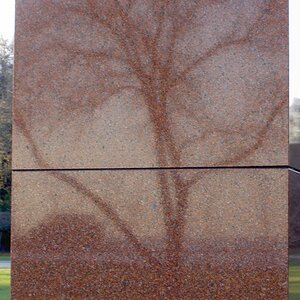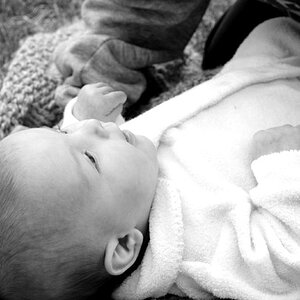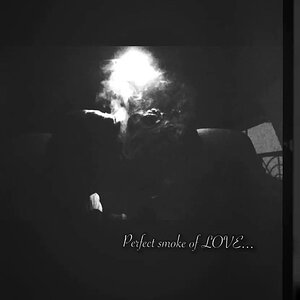Rekd
TPF Noob!
- Joined
- Aug 13, 2009
- Messages
- 1,272
- Reaction score
- 52
- Location
- Rural America
- Website
- amusingscribe.com
- Can others edit my Photos
- Photos OK to edit
A while back I heard that film resolution was miles ahead of anything digital, in it's ability to make large prints.
If I took a top of the line 35mm film camera and a top of the line digital camera with the same quality lens, which would give the biggest, better quality print size?
If I took a top of the line 35mm film camera and a top of the line digital camera with the same quality lens, which would give the biggest, better quality print size?





![[No title]](/data/xfmg/thumbnail/41/41923-ddfdc5596c5073ae69761e32124481cf.jpg?1619739945)


![[No title]](/data/xfmg/thumbnail/42/42278-22ed940cbdc5888a28d9be36006594dc.jpg?1619740086)
![[No title]](/data/xfmg/thumbnail/41/41920-c7de4d93604fb89eb48454f9e5dba8a0.jpg?1619739944)



